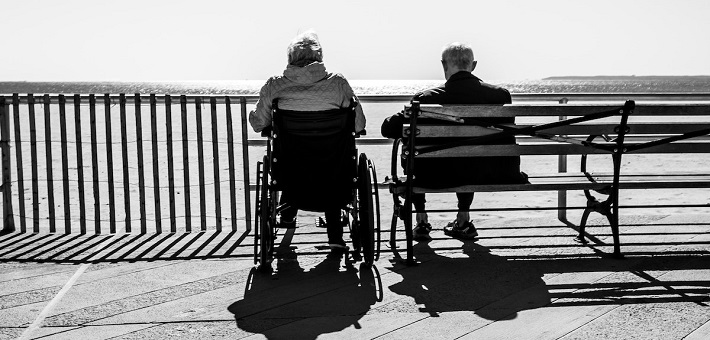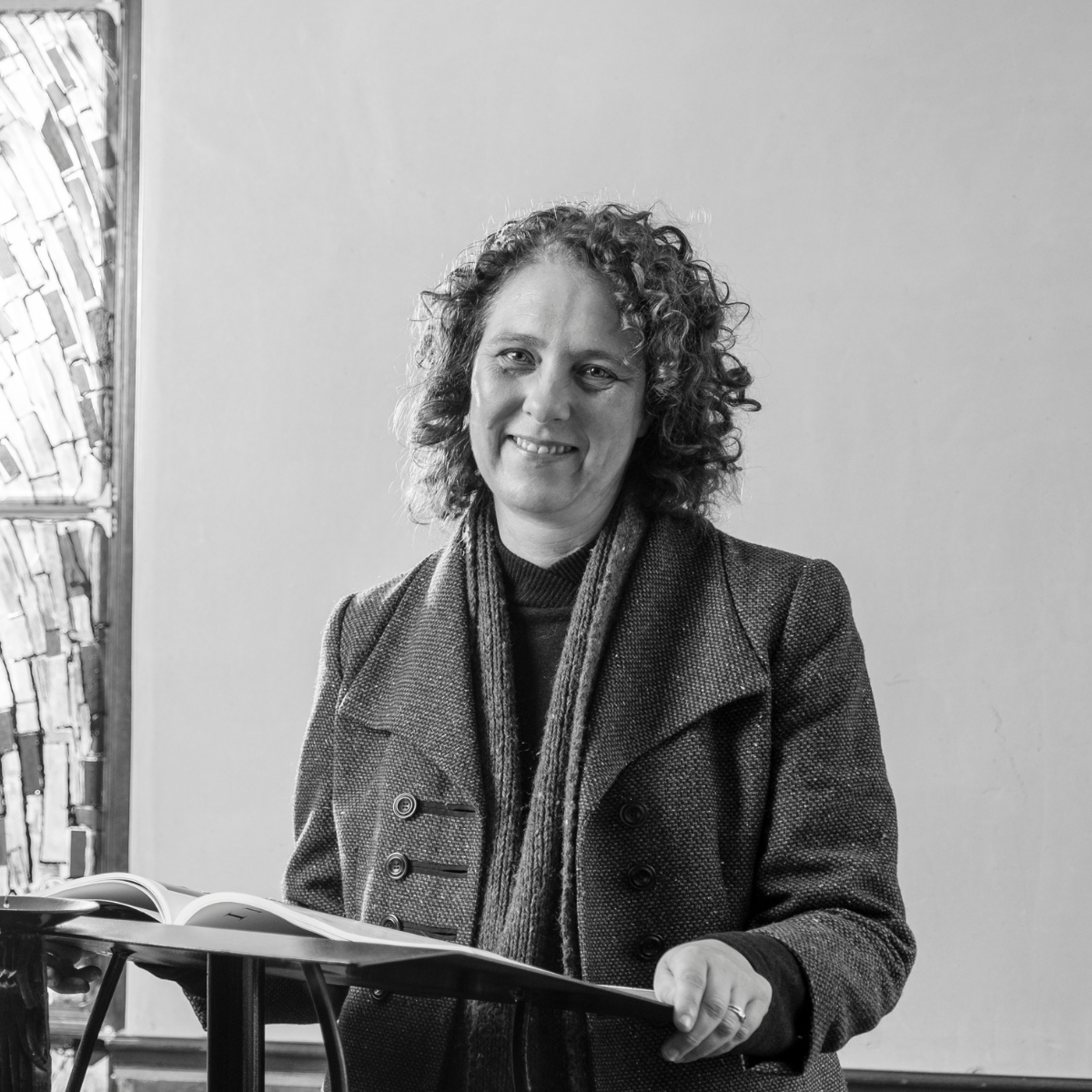Commentary on Isaiah 35:4-7a
The lectionary text of this week is embedded in a joyful celebration of God’s definitive liberation over the forces of death and destruction.
In the first verses of Isaiah 35, the dry places of the world erupt in jubilant praise as the once barren desert and wilderness breaks out in a field of flowers. And Isaiah 35:6-7 captures this most radical transformation of lifegiving water amidst the dry land when it proclaims that “waters shall break forth in the wilderness, and streams in the desert; the burning sand shall become a pool; and the thirsty ground springs of water.”
Anyone who has ever experienced being thirsty, and the devastating effects of drought, will appreciate the idea of plentiful water and an abundance of rain as an apt illustration of God’s deliverance. Corresponding to the imagery and language found in Deutero-Isaiah (see also Isaiah 41:18; 44:3-4; 51:3), Isaiah 35 imagines from within a situation of hopelessness another world in which dry and barren places have been turned into the most fertile places imaginable: Lebanon, Carmel, Sharon (verse 2). This text poignantly imagines how the devastating effects of imperial violence upon the environment are undone as the natural world, once ravaged by the scorched-earth policy of invading armies, is restored by God’s liberating presence.
This week’s lectionary reading encompasses the heartfelt yearning of a community who for much too long has been caught in the grips of war. In this expression of wishful thinking, one hears a deep desire for a different world—a world in which there is a return of life amidst death, and healing in the context of the ravages of imperial violence.
The dramatic transformation that speaks of new life in places where death until now has reigned supreme is connected to God’s presence in the community when Isaiah 35:2 divulges that “they shall see the glory of the Lord, the majesty of our God.” The promise of God’s presence serves as a source of comfort when “those who are of a fearful heart” are told: “Be strong, do not fear! Here is your God” (verse 4).
This motif of water in the desert, of fertility in the case of barrenness, is continued in Isaiah 35 in a number of images that speak of disability. In verses 5-6, it is noted that the blind will see, and that the deaf shall hear, and that those who are physically impaired will jump like deer.
In the Ancient Near East, like many places still in the world today, disability was seen as the ultimate life-denying circumstance, impairing individuals to such an extent that they could not fend for themselves—quite often ostracized and pushed out of the community.1 According to Isaiah 35’s logic, healing and transformation are bestowed upon the exilic community who themselves have been feeling as helpless and feeble and unable to move forward as those with physical impairments. In Isaiah 35:3, the prophet expresses the purpose of this text as lifting up those who are feeling helpless: “Strengthen the weak hands, and make firm the feeble knees.”
From the vantage point of disability studies, such an interpretation, though, is fraught with problems. The fact that disability is used as a symbol of weakness in this text—a condition that needs to be transformed or healed—says a lot about the mindset of the community that generated these texts, but also about the stigma and the stereotypes associated with disability that has found expression in communities who have been reading these texts since. For instance, in terms of what is called the social model of disability, visually, auditory, and physically impaired individuals are only unable to see, hear, or freely move in the absence of societal structures that ensure access and inclusion. Thus, measures such as braille, audiobooks, sign language, and wheelchair access make it possible for the blind to see, for the deaf to hear, and for those who are unable to walk to move as unencumbered as deer jumping over obstacles. In the spirit of Isaiah 35’s transformative vision, one could thus ask: what it would take for a community to ensure the full integration of those individuals who have been excluded and denied, for them to live full and meaningful lives?
Finally, even though the thought of God’s presence that signals the return of joy, of safety, and of the possibility to live and love in peace, is and continues to be a word of great comfort to all who hear these words, one should not miss the potential for further violence pulsating underneath the surface. In verse 4, God’s transformative presence is intrinsically connected to the desire for God’s vengeance. The vision of a transformed world is here, as elsewhere in the prophetic tradition, associated with the notion of a Divine Warrior who definitively comes to destroy the enemy forces that have been responsible for so much harm, bringing death to the human and natural world alike (Isaiah 25:6-9; 63:1-9). In many of these texts, after God emerged victorious, enacting the revenge for which the people so desperately yearned, God is said to recreate, restore, and rejuvenate the world that once was utterly uninhabitable due to war and imperial violence.
However, readers of these texts should take care that the implied violence in this text does not inadvertently incite further violence as they move toward identifying who and what are considered to be the enemies who need to be eliminated for peace and prosperity to return. Particularly in our current context of increased polarization and enmity between various sections of the community, and specifically given the tendency of leaders to call individuals and groups “enemies” of our people, our values, our way of life, and by implication, also our God, any reference to God’s vengeance and recompense should be treated with more caution than ever before.
Notes
- Sarah J. Melcher, “With Whom Do the Disabled Associate? Metaphorical Interplay in the Latter Prophets,” in This Abled Body: Rethinking Disabilities In Biblical Studies (ed. Hector Avalos, Sarah J. Melcher & Jeremy Schipper; Leiden: Brill, 2007).


September 5, 2021